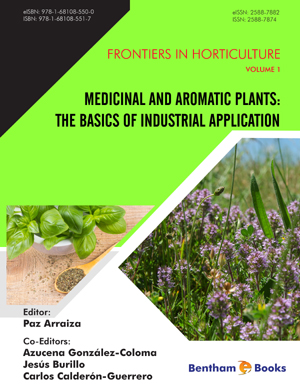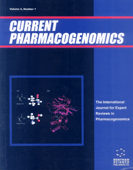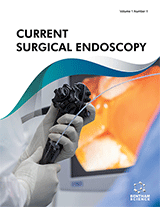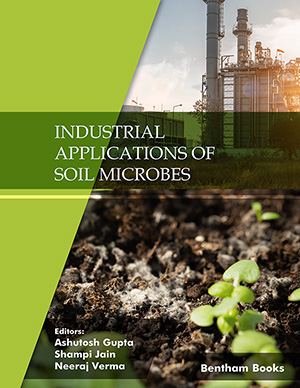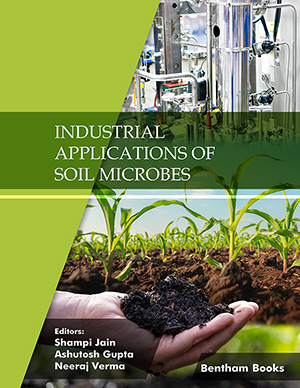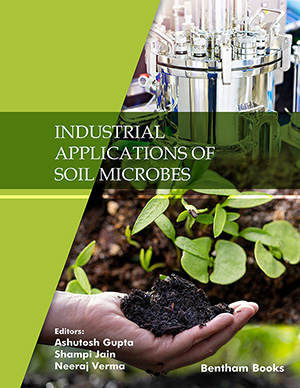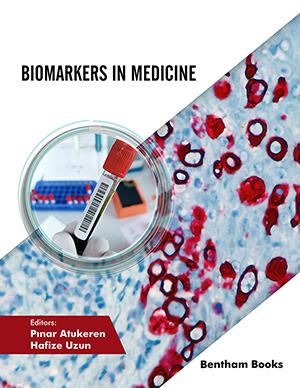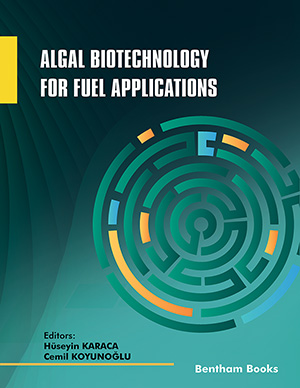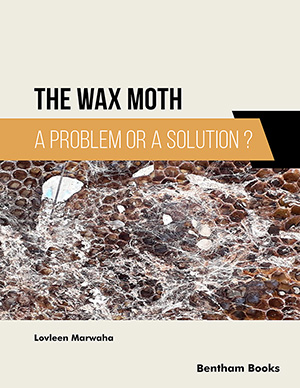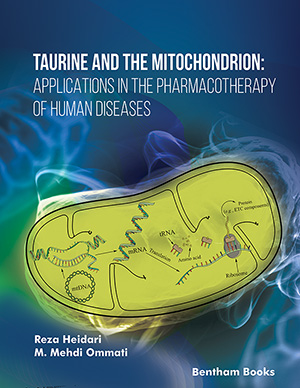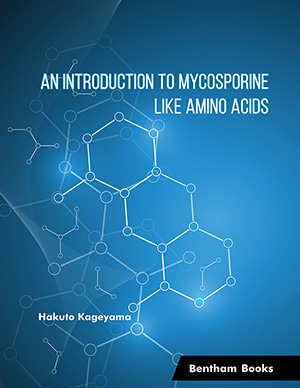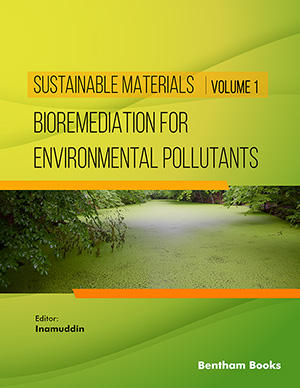Abstract
Plants produce useful substances for human health and care. These compounds are usually secondary metabolites, which do not have a direct function in the development and growth of the plant, but help the plant interacting with its environment. They are produced by certain tissues and cells, during specific stages of the plants or at different moment of their living cycle. They act as insects attractive (for example for pollination) or repellent agents, as a defence from extreme weather conditions (drought, freezing), to avoid growth of unwelcome plants (allelopathy), or to combat bacteria and viruses. The useful part is called plant drug, and it can be the whole plant or a part of it. These active principles can be extracted by distillation, solvent extraction, pressure or other methods, depending on to their chemical characteristics. The demand for these plants and the related products is nowadays increasing worldwide, and some of them are becoming scarce in some areas due to wild harvesting. In Europe, the demand for instance for food supplements, is going to grow, for our health care needs and demands are changing. In fact, MAPs for medicinal use represent the highest number of plant species used by humans, as they provide most of the medicinal ingredients in many health care traditional systems. But these plants are not only used for medicines. Their use in the cosmetic and perfumery, food and liquor industries is well known, as well as other uses as natural pesticides, dyes, tannins, etc.
Keywords: Active Principles, Aromatic Plants, Ethnobotany, Health care, Herbal medicine, History, MAPs, Medicinal Plants, Medicinal use, Natural pesticides, Wild harvesting.


